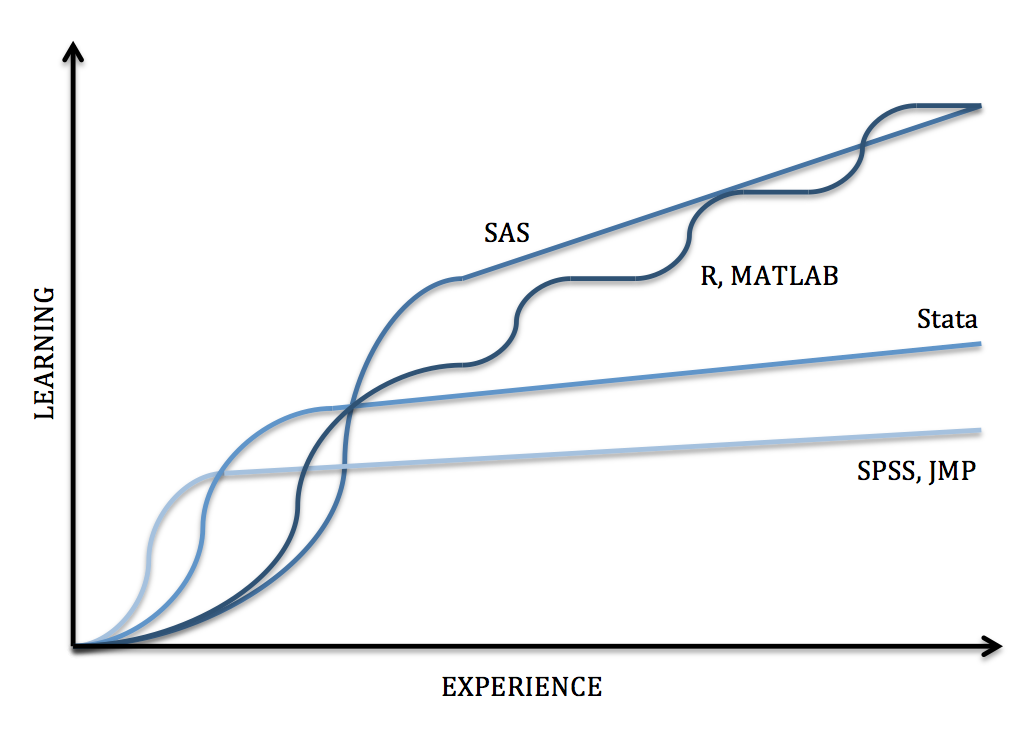
To perform a t-test your data needs to be continuous, have a normal distribution (or nearly normal) and the variance of the two sets of data needs to be the same (check out last week’s post to understand these terms better). Who would have thought that statistics and alcohol go so well together? Gosset used the pen name, Student, to prevent other breweries from discovering Guinness’ use of statistics for brewing beer. In fact, the Students T-test was created by a chemist, William Sealy Gosset, who worked for Guinness (yes, the beer company). Interestingly it was not named because it’s a test used by students (which was my belief for far too many years). The Students T-test (or t-test for short) is the most commonly used test to determine if two sets of data are significantly different from each other.Ī wonderful fact about the Students T-test is the derivation of its name. Today I will focus on the left side of the diagram and talk about statistical tests for comparing two sets of data. Although this is by no means a comprehensive guide, it includes some of the most common tests and situations you will encounter. Below is a simple diagram to help you quickly determine which test is right for you.


There are so may statistical tests out there it can be difficult to determine which is the right test to use.


 0 kommentar(er)
0 kommentar(er)
